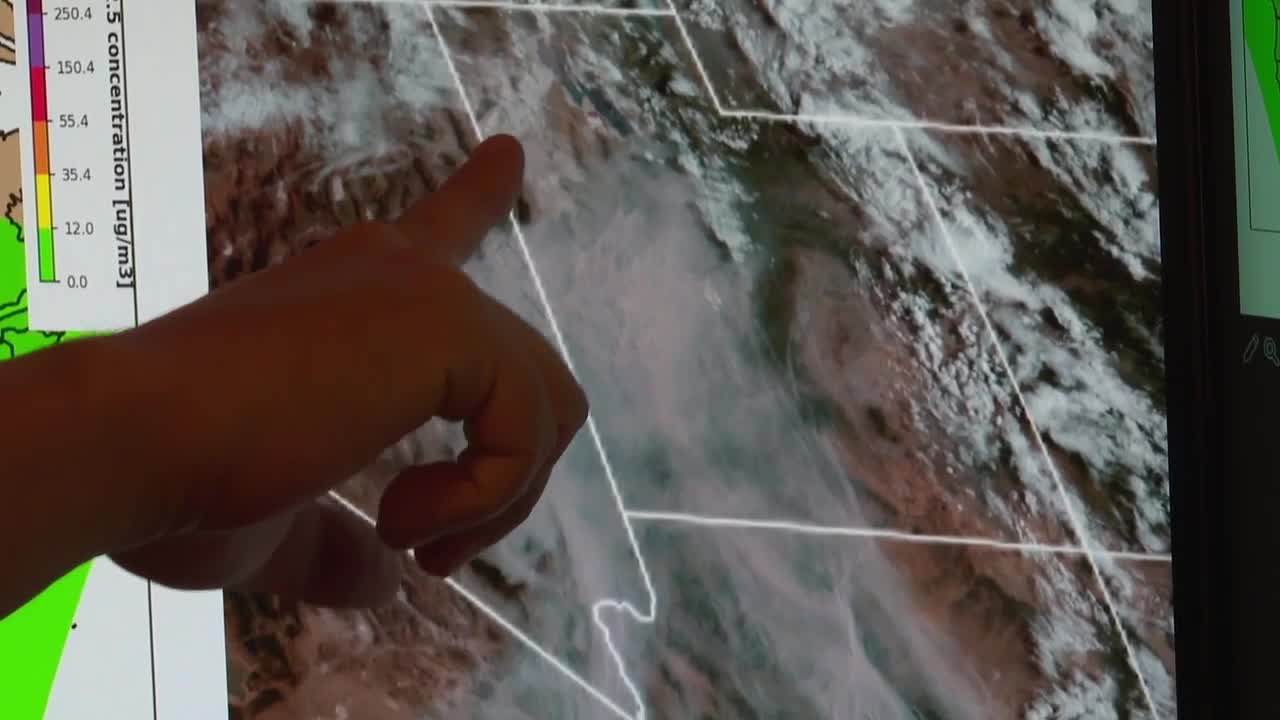SALT LAKE CITY — Researchers from the University of Utah took a deeper look at the 2020 wildfire season along the West Coast to see how they can impact our air quality.
Derek Mallia is a research professor in the Department of Atmospheric Science. His team and their research at the University of Utah show how smoke from the West’s wildfires substantially increases the ozone concentrations even above federal health standards.
Mallia showed FOX 13 a satellite map of smoke across the country.
“You see this really thick, kind of grayish film,” Mallia said. "This is actually not clouds. This is just smoke from California blowing up into Utah.”
Ozone, a secondary pollutant of wildfires, can be harmful to the public.
“Even if we zero out all of our emissions, we actually still have a bit of ozone just from wildfire smoke,” he said.
Mallia said they looked back on the year 2020 because of the West's record-setting smoke. One of those impactful fires was the 90,000-acre East Fork Fire in Utah.
“If there’s areas like California, Oregon, Washington, Idaho, we will also get that smoke as it’s being transported downwind of those regions,” Mallia said. "So we don’t need to just have a big fire season in Utah to get that smoke. It can be anywhere across the region in the western U.S.”
In the future, Mallia says he hopes they’re able to improve models to better predict air quality and better protect public health during wildfire season.
You can check out the University of Utah’s article on their research for more information.




